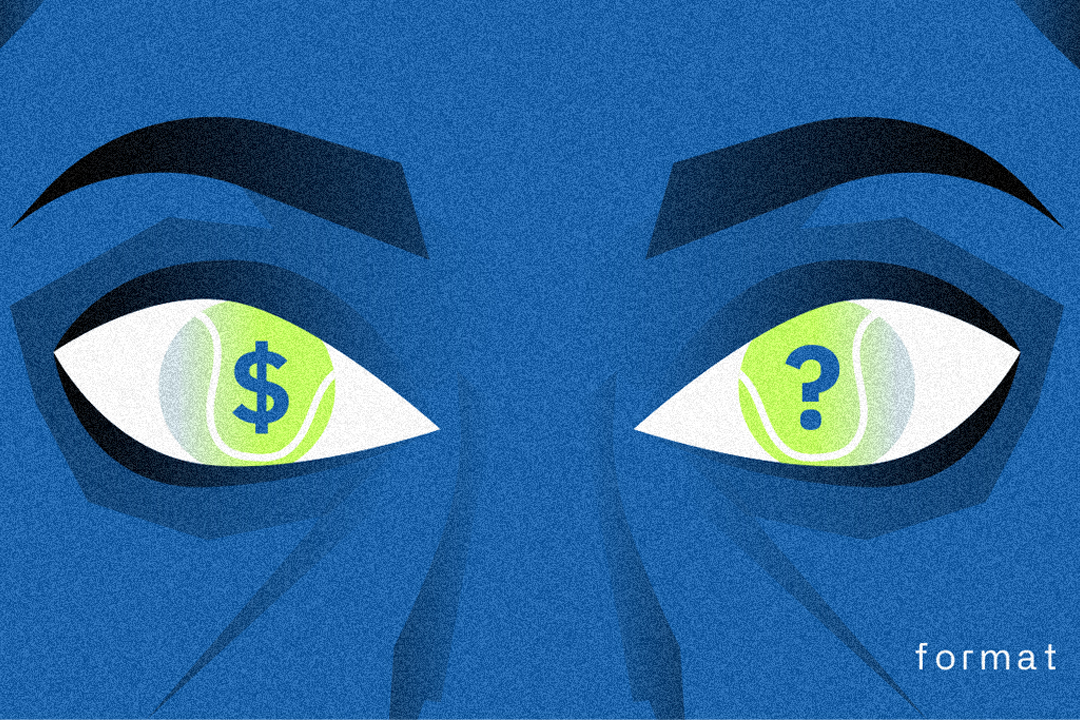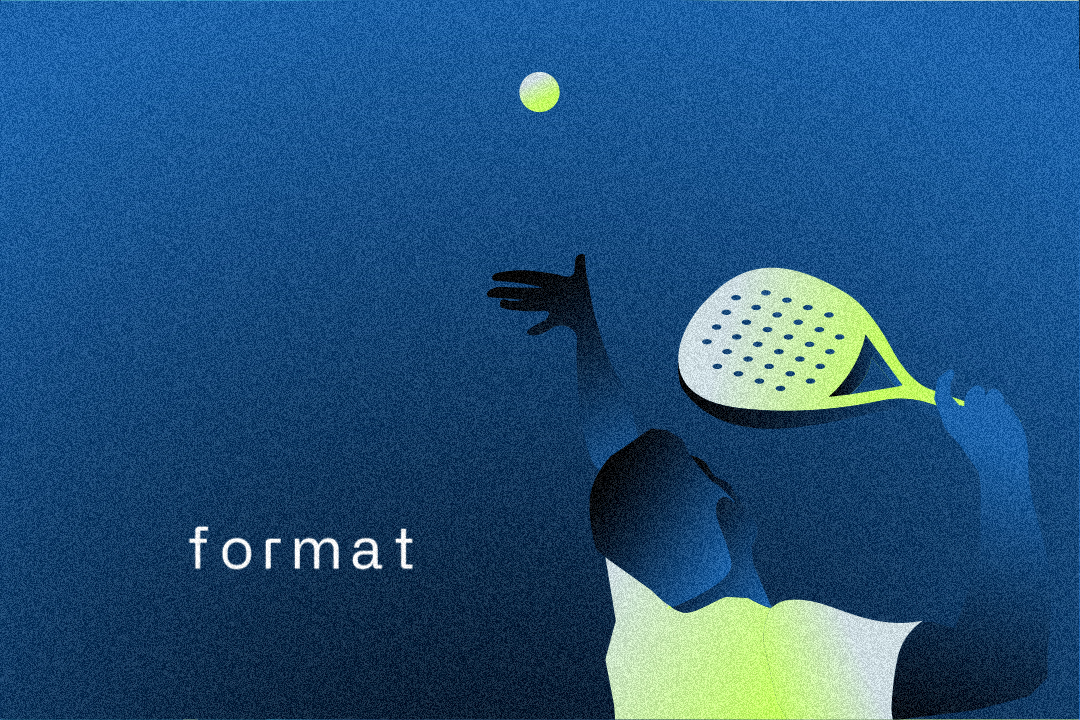Over the past few years, the sport of padel has taken Indonesia’s big cities by storm. From Jakarta to Bali, this trendy sport is becoming a must-try activity for many sports enthusiasts. But what exactly is padel, and why has it gained so much popularity in such a short period of time?
What is Padel?
Padel is a racket sport that blends elements of tennis and squash. Played in doubles on an enclosed court, padel involves using solid rackets and a ball that is similar to a tennis ball. The game is played with walls surrounding the court, and the ball can bounce off these walls, similar to squash. This creates a dynamic and fast-paced game that is relatively easy to pick up but challenging to master. With its origins in Mexico in the 1970s, padel has grown rapidly in popularity, especially in Spain, where it is now one of the most-played sports in the country.
How Could it Suddenly Become Popular in Big Cities in Indonesia?
Padel’s sudden rise in popularity in Indonesia can be attributed to a number of factors. First, it capitalizes on the growing interest in recreational sports, especially in urban centers where fitness and leisure activities are increasingly prioritized. Padel, being social and easy to learn, fits perfectly with the lifestyle of many urban dwellers who are looking for something fun and different from traditional sports.
Second, padel is often perceived as a sport that can be enjoyed regardless of skill level, making it highly inclusive. It’s also a great way to socialize, as it’s generally played in doubles, fostering community and social connections. With Indonesia’s growing middle class and their increasing disposable income, padel courts have started popping up in major cities like Jakarta, Surabaya, Bandung, and Bali.
How Much Rupiah Should We Spend to Play Padel?
While playing padel may sound like a niche or exclusive sport, the costs are not necessarily prohibitive. A one-hour session in an average padel facility can range from IDR 200,000 to IDR 500,000 for renting a court. In addition, the cost of renting equipment, such as rackets and balls, typically adds another IDR 50,000 to IDR 100,000 per session. While this might seem like a high price compared to other recreational sports, it’s important to consider the experience and the social aspect that padel offers. For those who choose to buy their own gear, the cost of a racket can range from IDR 1,000,000 to IDR 5,000,000, depending on quality.
Is It Just FOMO (Fear of Missing Out)?
Padel’s popularity might initially seem like a FOMO-driven trend, especially with the sport being embraced by influencers, celebrities, and the urban elite. However, its rapid growth goes beyond a mere social media phenomenon. The game itself is fun, accessible, and has a low barrier to entry, which makes it more than just a passing trend. As more people discover the joy of playing, the community around padel continues to grow. The involvement of celebrities and high-profile figures only helps accelerate this growth, but it also contributes to the sport’s authenticity and appeal.
Expensive, But How Could it Spread So Fast?
Although padel may seem expensive at first glance, its rapid spread is not solely due to its cost. Several factors play a role in its widespread adoption. One is the novelty factor; padel is relatively new to Indonesia, and trying something new can be a thrilling experience. In addition, padel courts are increasingly being built in high-end lifestyle complexes and sports clubs, targeting the growing number of Indonesians with disposable income.
The sport also benefits from the convenience of being played in a relatively small court, making it easier to fit into urban environments where space is limited. Furthermore, it’s a sport that doesn’t require a long time commitment, making it easy for busy professionals and young urbanites to fit a game into their day.
How Marketing is Supporting the Padel Phenomenon?
Marketing plays a crucial role in the spread of padel in Indonesia. Major brands and influencers have jumped on the padel bandwagon, using social media to showcase their experiences, highlight padel events, and promote facilities. Padel clubs have invested in marketing strategies that target the “Instagram generation,” focusing on visuals, trends, and a sense of exclusivity.
Some padel clubs have partnered with well-known sports brands to create attractive promotions, such as free trial sessions or discounts for first-time players. Special events and tournaments also play a role in bringing attention to the sport, allowing potential players to witness the excitement and atmosphere firsthand.
How the Community is Supporting the Padel Phenomenon?
The growth of padel in Indonesia has also been supported by a strong and growing community of players. Padel clubs and groups are fostering an inclusive and engaging environment where players can meet new people, join leagues, or participate in social events. The tight-knit community surrounding padel provides opportunities for networking, friendship, and socialization, creating a sense of belonging for players.
Additionally, communities are hosting local tournaments, workshops, and social gatherings that continue to expand the sport’s reach. For many Indonesians, it’s more than just about playing a game – it’s about becoming part of a new, vibrant lifestyle.
Will Padel be a Long-Term Trend?
Given the current momentum, it seems likely that padel will continue to grow and be a long-term trend in Indonesia. Its appeal to various age groups and social demographics, along with the social aspect of the game, ensures that it can maintain long-term interest. Additionally, as the sport becomes more accessible with increasing numbers of courts being built in urban areas, padel will likely continue to attract more participants.
However, to truly solidify its position, padel will need continued investment in infrastructure, marketing, and community building. If these factors align, padel has the potential to become a mainstay in Indonesia’s sports culture, much like it has in other countries where it’s already well-established.
Padel’s meteoric rise in Indonesia reflects a growing trend towards new, accessible, and social sports. While it may have initially gained popularity due to its novelty and the influence of celebrities and social media, the sport’s appeal goes beyond that. With reasonable costs, strong community support, and effective marketing, padel is here to stay. It seems poised to become a significant part of Indonesia’s sports culture, possibly for the long term.


